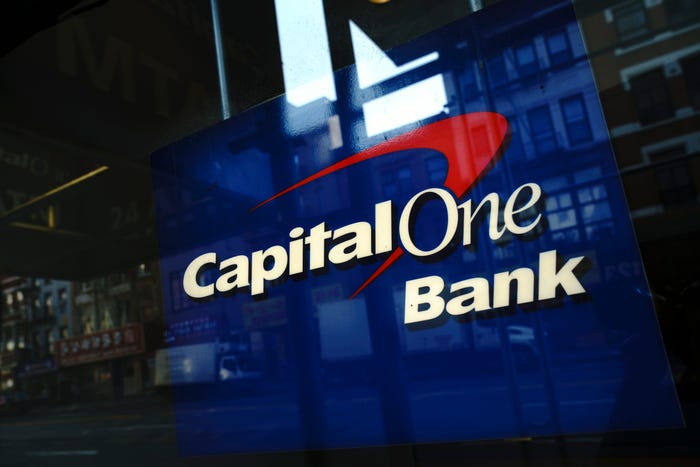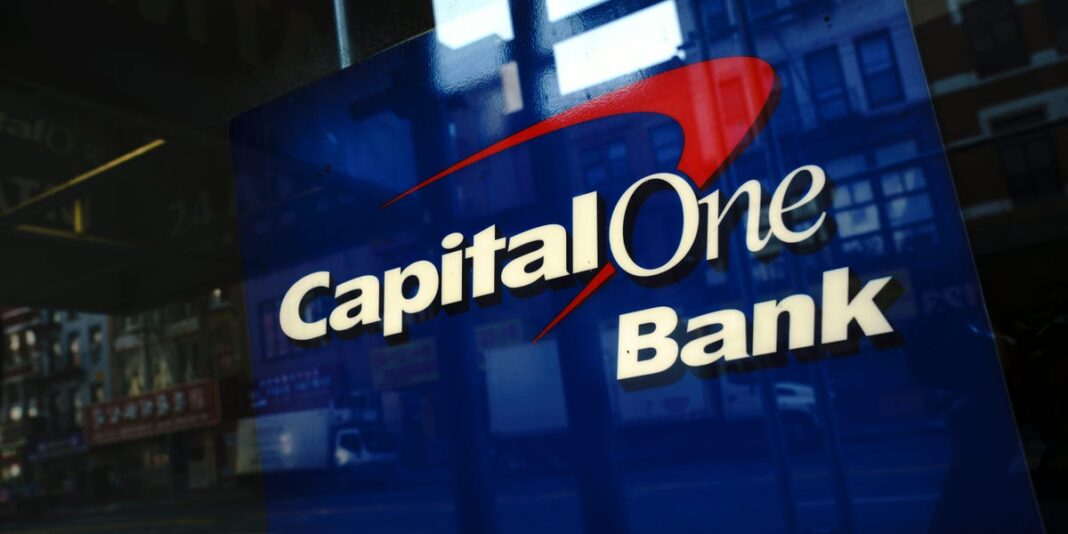In a seismic shift that’s sending shockwaves through the financial sector, two of the globe’s most dominant players in the credit card industry have announced a monumental merger. The news has left industry insiders and investors alike reeling, as the combined entity is poised to become an unstoppable force in the market.

The merger, reported by Business Insider, brings together two household names, creating a colossal financial powerhouse that’s sure to change the face of consumer credit forever. With a combined wealth of experience and resources, the new entity is primed to revolutionize the way we think about credit, offering unparalleled convenience, flexibility, and security to its customers.

Mega Merger: The Union of Two Credit Card Giants

In a landmark deal, Capital One Financial Corporation has completed its acquisition of Discover Financial Services, marking a significant milestone in the credit card industry. The all-stock transaction, valued at $35.5 billion, brings together two innovative, mission-driven companies, as stated by Richard D. Fairbank, Capital One’s founder and CEO.
Acquisition Details
According to Fairbank, the deal “brings together two very successful companies with complementary capabilities and franchises, and to build a payments network that can compete with the largest payments networks and payments companies.” The acquisition was first announced in February, and since then, both companies have been working together to finalize the deal.
Timeline of the Acquisition
From announcement to completion, the acquisition process has been a meticulous one. In February, the companies announced the all-stock transaction valued at $35.5 billion. Since then, both parties have been working diligently to finalize the deal. The completion of the acquisition marks a significant milestone in the credit card industry, with far-reaching implications for customers, investors, and the industry as a whole.
Capital One’s Financial Performance
In its first-quarter earnings report in April, Capital One reported a net income of $1.4 billion. This strong financial performance sets the stage for the company’s future growth and expansion plans. Meanwhile, Discover Financial Services reported a net income of $1.1 billion during the same period, demonstrating the financial health of both companies.
Representatives for Discover Financial Services did not respond to a request for comment from Unionjournalism. However, the companies have assured that, for now, nothing will change for Discover customers.
Profit Projections: How the Merger Will Affect Net Income for Both Companies
Capital One reported a net income of $1.4 billion during its first-quarter earnings in April, while Discover reported a net income of $1.1 billion that same month. The merger is expected to have a significant impact on the net income of both companies, with potential synergies and cost savings driving increased profitability.
Synergies and Cost Savings: How the Merger Will Impact Operational Efficiency
The merger is expected to generate significant synergies and cost savings, which will enable the combined entity to reduce its operational costs and increase its profitability. Capital One and Discover have identified several areas where they can achieve cost savings, including in their operations, technology, and distribution channels.
Customer Impact and Future Plans
Business as Usual: No Immediate Changes for Discover Cardholders
For now, the companies said nothing would change for Discover customers. Business as usual will continue, with Discover cardholders able to use their cards as usual. Long-term plans for integrating Discover into Capital One’s operations are still being developed, but the companies have emphasized that they intend to maintain Discover’s brand identity and customer relationships.
Competitive Advantage: How the Merger Will Position the Combined Entity in the Payments Industry
The merger is expected to create a powerful competitor in the payments industry, with the combined entity having a strong presence in both the credit card and banking sectors. The merger will enable Capital One to expand its offerings to Discover’s customer base, and vice versa, creating a more comprehensive and competitive payments platform.
Conclusion
In conclusion, the merger of two of the world’s largest credit card companies marks a significant shift in the financial landscape. The deal, valued at billions of dollars, creates a behemoth in the industry, with far-reaching implications for consumers, merchants, and the broader economy. As discussed in this article, the merger is expected to bring about increased efficiency, reduced costs, and enhanced services. However, it also raises important questions about market concentration, competition, and the potential for higher fees.
Looking ahead, the success of this deal will depend on the companies’ ability to integrate their operations seamlessly and deliver on their promises. As the industry continues to evolve, it will be important to monitor the impact on consumers and the wider economy. Furthermore, policymakers must remain vigilant to prevent the concentration of power and protect the interests of all stakeholders. Ultimately, the true test of this merger will be its ability to drive innovation, increase access to financial services, and promote sustainable economic growth.
As the financial industry adapts to this new reality, one thing is clear: the future of credit and payments is being reshaped before our eyes. Will this merger mark the beginning of a new era of innovation and growth, or a period of consolidation and stagnation? Only time will tell, but one thing is certain – the stakes are high, and the consequences will be far-reaching.
